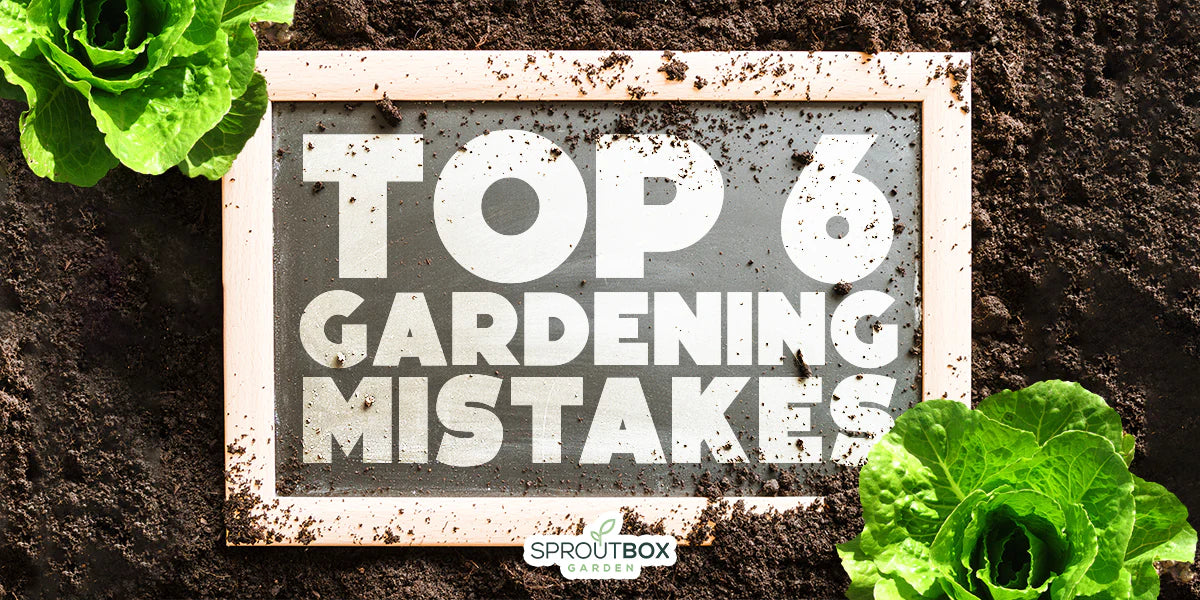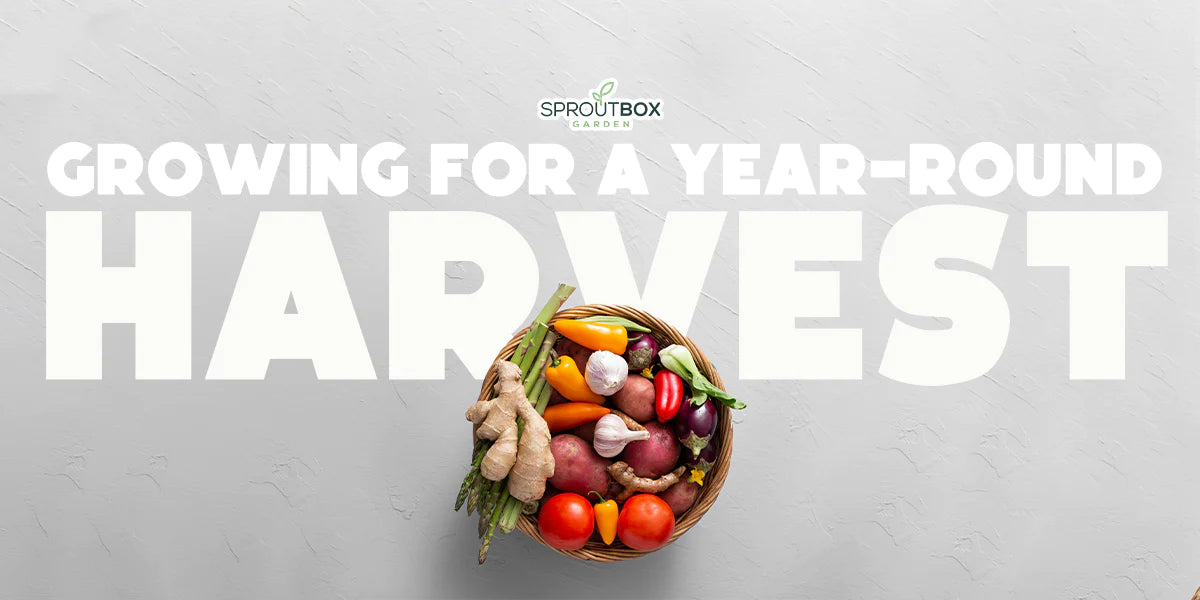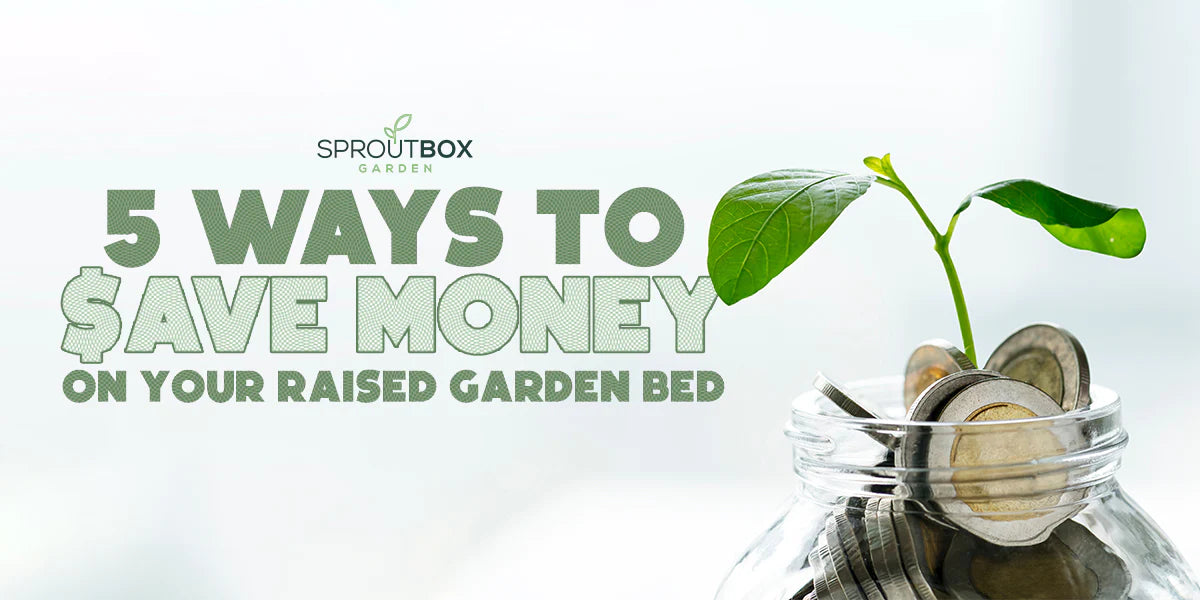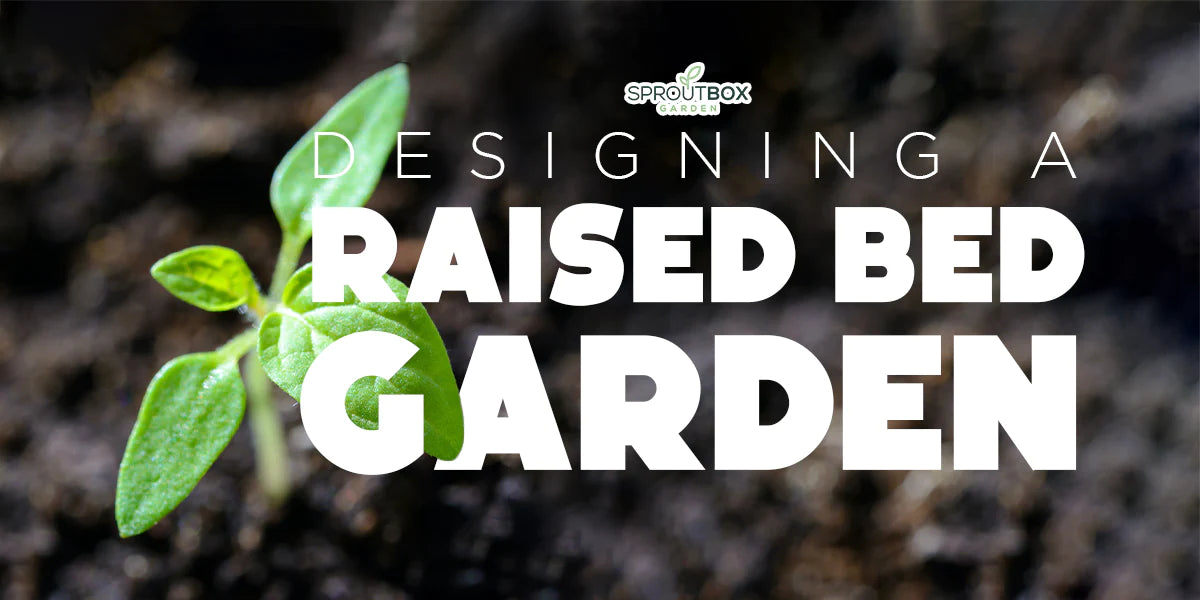December 18, 2024
Heat Wave Hacks: Keep Your Garden Thriving Through Summer’s Toughest Days
>> Download The Slideshow For Free Here.
Masterclass Notes
Summer can be the most rewarding and challenging time for gardeners. With plants growing at an incredible rate, the joys of a bountiful harvest are within reach—if we can manage the heat. Prolonged high temperatures and water restrictions can leave gardens struggling, but with a few clever strategies, you can turn these challenges into opportunities for explosive growth.
Here’s your ultimate guide to navigating heat waves, keeping your garden healthy, and maximizing your yields.
1. Beat the Heat: Manage Soil Temperatures
When soil temperatures soar above 100°F (38°C), many plants struggle to thrive. Two simple solutions can help keep things cool:
Shade Cloth
-
Install garden hoops and drape shade cloth over beds.
-
Use clips to secure the cloth for a snug fit.
-
Opt for 40% to 50% shade cloth, which filters sunlight without blocking too much.
-
Result: Soil temperatures can drop by as much as 17°F (9°C).
Garden Straw
-
Apply a layer of straw (1 inch for direct-seeded areas, 2–3 inches for planted beds) to reduce soil temperature.
-
Benefit: A temperature drop of 13°F (7°C) while retaining soil moisture and suppressing weeds.
-
Pro tip: Always use straw, not hay, to avoid introducing weed seeds.
2. Smart Watering: Save Resources and Boost Growth
Efficient watering is key during peak summer, especially when restrictions are in place. Here’s how to do it effectively:
Hand Watering
-
Water each plant until the soil starts pooling, then move to the next.
-
Repeat rounds to ensure deep moisture penetration.
-
Test by digging 2 inches into the soil to confirm adequate hydration.
Automated Irrigation Systems
-
Set up an automated system using a timer and drip irrigation.
-
Focus water directly on root zones with emitters (0.5–2 gallons/hour, depending on plant needs).
-
Cover the drip lines with straw for even water dispersion and reduced evaporation.
-
Benefits: Saves time, ensures even watering, and maintains soil moisture longer.
3. Pollinators: The Unsung Heroes of Your Garden
Pollinators are essential for transforming flowers into the fruits and veggies you love. Here’s how to support and attract them:
Pollination Basics
-
Complete Flowers (e.g., tomatoes): Pollen moves within the same flower; sometimes wind or a gentle tickle is all it takes.
-
Incomplete Flowers (e.g., zucchinis): Pollen needs help moving from male to female flowers. Use pollinators or hand-pollination for better results.
Support Pollinators
-
Habitat: Leave some plants over winter, mulch with leaves, and avoid pesticides like neem oil.
-
Nectar: Plant flowers that bloom throughout the season. Choose native wildflowers for maximum local pollinator attraction.
Top Pollinator-Friendly Flowers
-
Spring: Crocuses, daffodils, and overwintered kale.
-
Early Summer: Lavender, peonies, and dianthus.
-
Late Summer: Sunflowers, zinnias, and cosmos.
4. Maximize Your Garden’s Potential
Even in the heat, your garden can thrive with a little extra care. Extend your season with strategies like:
-
Adding shade or hoops to protect against temperature extremes.
-
Experimenting with succession planting to keep blooms and harvests coming.
-
Leveraging the power of automated systems to reduce your workload while ensuring your plants’ health.
Your Next Steps
Whether you’re setting up a new raised bed, adding drip irrigation, or trying out hand pollination, there’s always more to learn and experiment with in the garden. These heat wave hacks are just the start of creating a resilient and thriving garden all summer long.
Happy gardening! Let us know which tips you’re excited to try, and share your summer gardening wins and challenges in the comments. Together, we’ll keep those gardens growing strong! 🌱
Questions from the Live Session
We had a lively Q&A session where attendees brought up some great questions. Here’s a quick recap of what we covered:
Q: How do I prevent pests from ruining my garden without using chemicals?
A: One of the best ways is to use natural deterrents like companion planting—think marigolds for aphids or garlic for pests like slugs. Raised beds are also a game-changer since they create a natural barrier. And don’t underestimate the power of simple solutions like mesh covers or row covers to protect your plants.
Q: What’s the best way to improve soil quality for better harvests?
A: It’s all about adding organic matter. Compost and well-rotted manure are great options. If you’re using a raised bed, you have more control over the soil mix—aim for a blend of topsoil, compost, and a bit of perlite for drainage.
Q: How do I know when my vegetables are ready to harvest?
A: Timing is everything! Pay attention to the color, size, and firmness. For example, tomatoes should be fully colored and slightly firm. Root veggies like carrots or beets can be checked by brushing away some soil to peek at their size. And for leafy greens, it’s as simple as harvesting when they’re big enough to eat!
Q: Can I grow anything in the winter, or is that a lost cause?
A: Definitely not a lost cause! Many cold-tolerant veggies like kale, spinach, and carrots actually thrive in cooler weather. If you’ve got a greenhouse or even just a cold frame, that’s even better. Raised beds can help keep soil temperatures stable, giving winter crops a nice head start.
Q: How do I make the most of a small gardening space?
A: Vertical gardening is your best friend! Use trellises, hanging pots, and stackable planters. Raised beds are also incredibly space-efficient because you can plant more densely. Choose high-yield crops like tomatoes, beans, and peppers to maximize your harvest.





